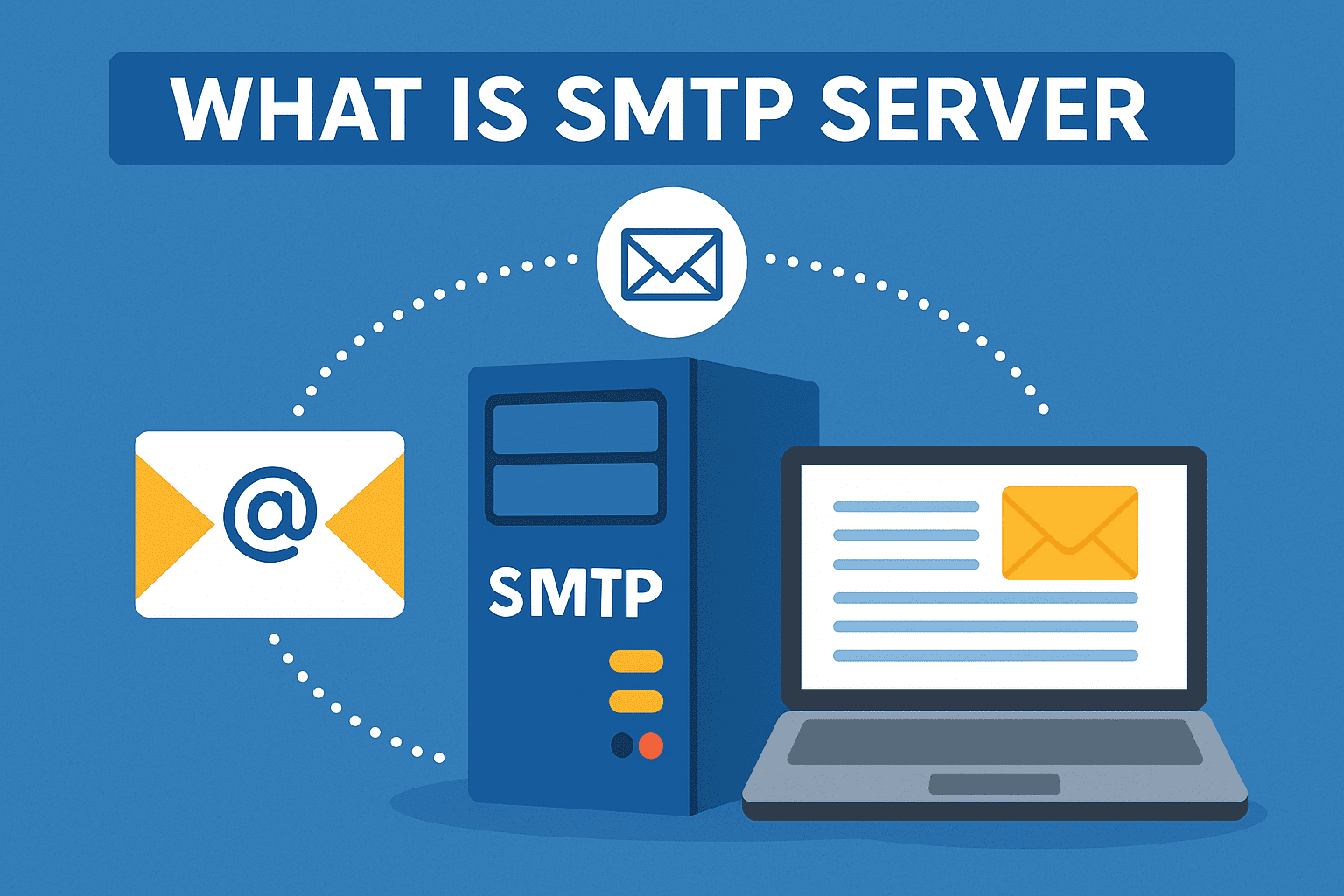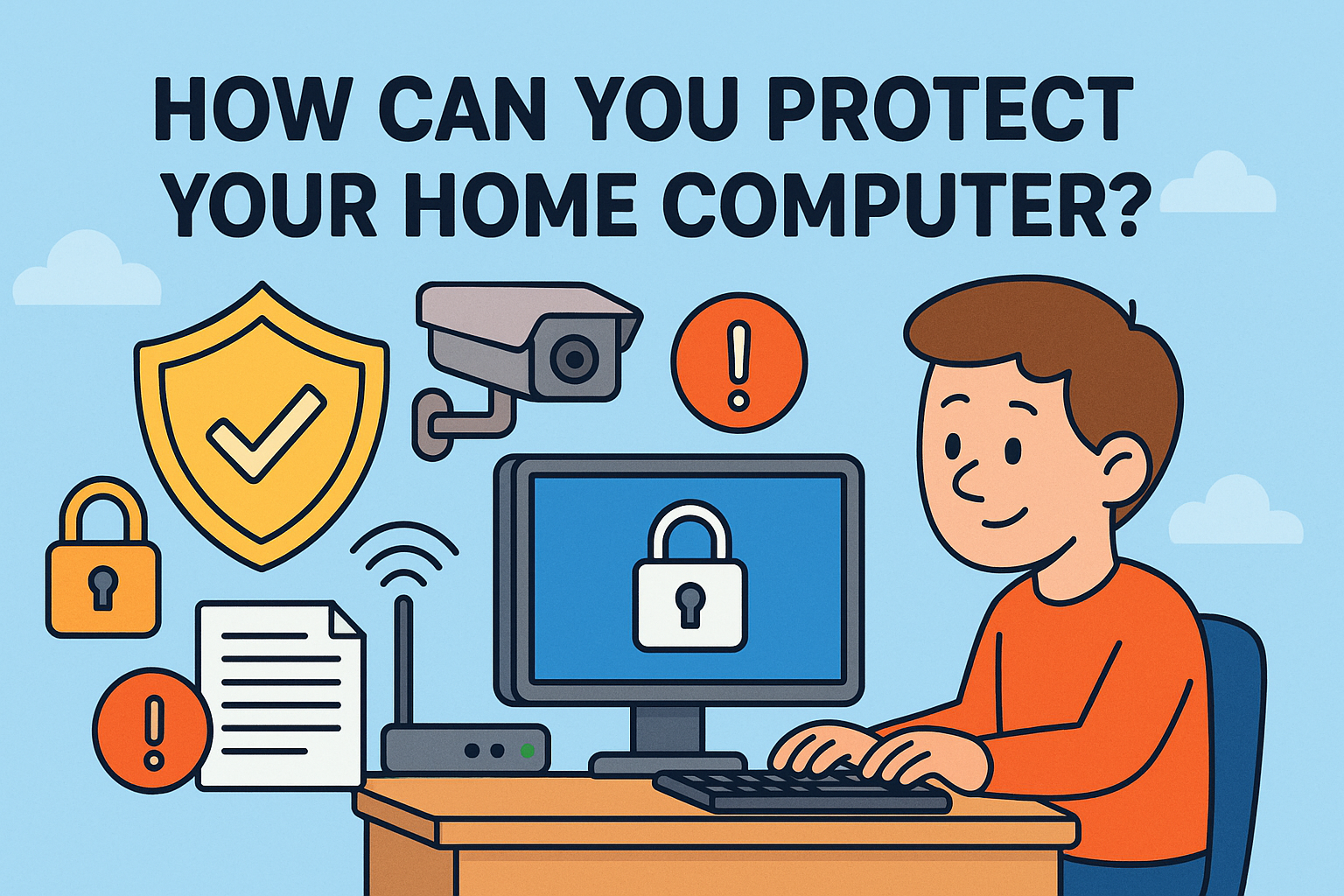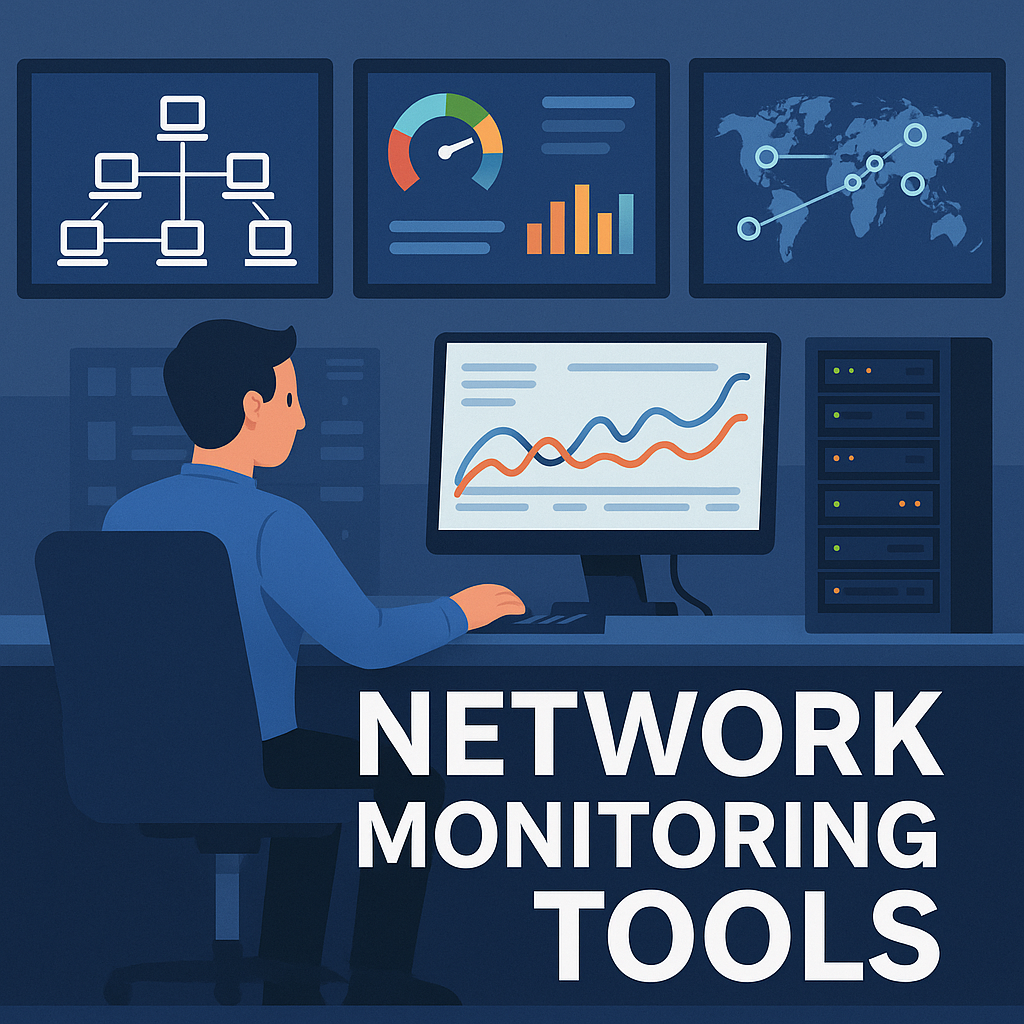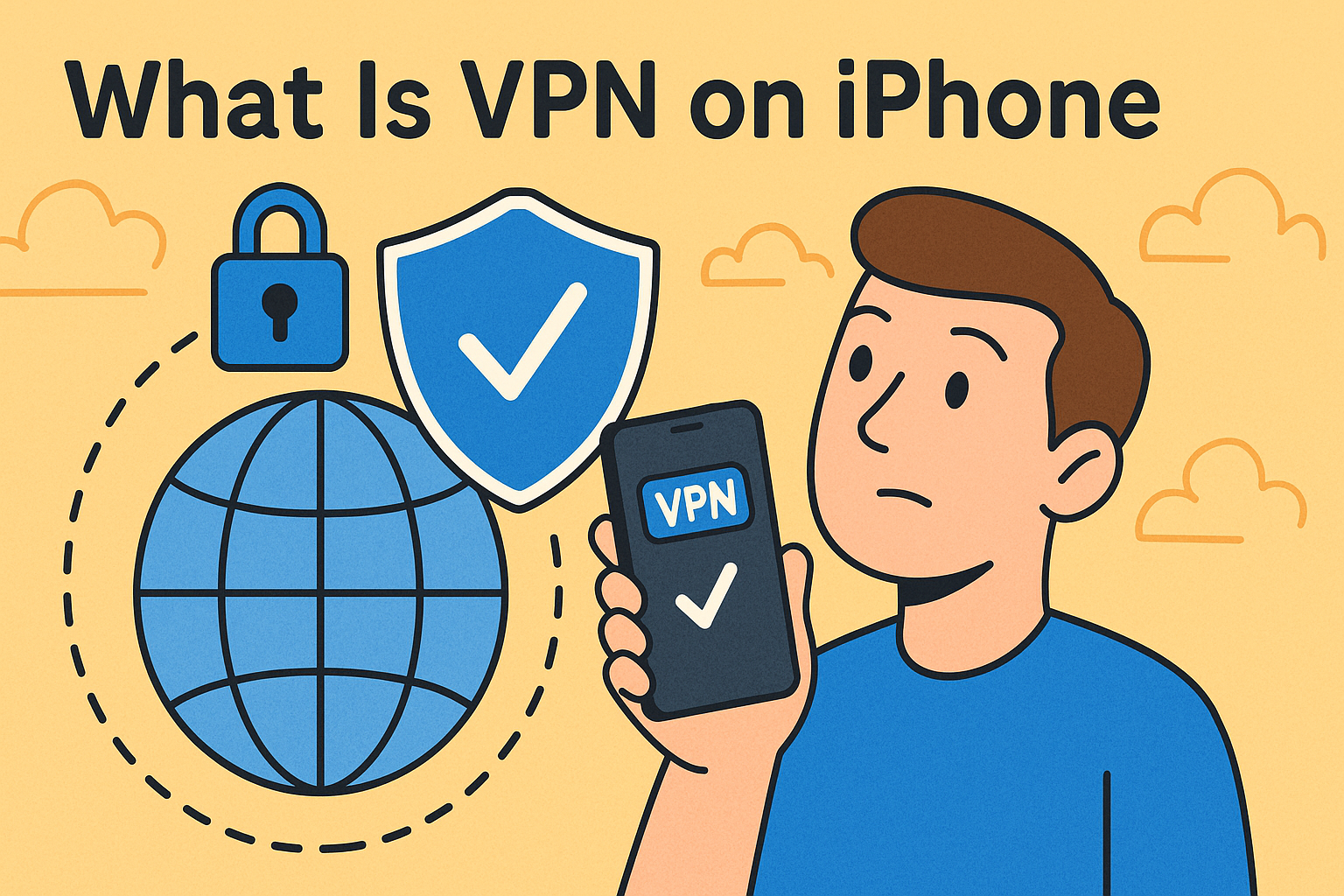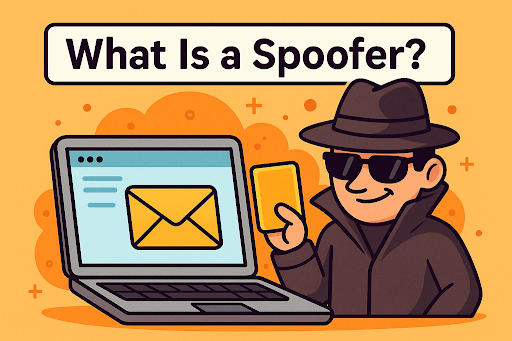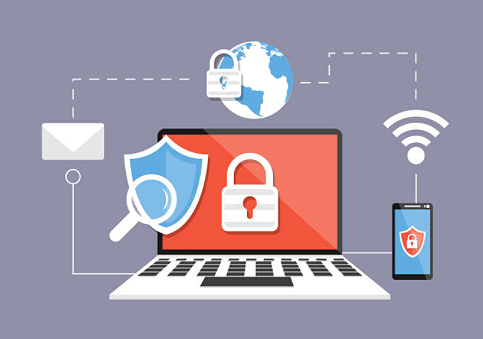What Is an Insider Threat? Understanding and Preventing Internal Cyber Risks
Updated on July 29, 2025, by Xcitium
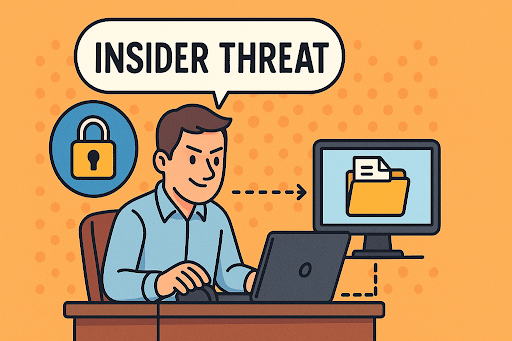
Cybersecurity professionals often focus their efforts on external threats—malware, phishing, ransomware. But what if the real danger is already inside your walls? Understanding what an insider threat is has become essential in a world where trust can be compromised, and credentials can be misused.
Whether intentional or accidental, insider threats pose a growing challenge to IT teams, cybersecurity specialists, and business leaders. This guide explores the different forms of insider threats, real-world cases, warning signs, and strategies to prevent them.
What Is an Insider Threat?
An insider threat refers to a cybersecurity risk that originates from within the organization. This includes current or former employees, contractors, or business partners who have—or had—authorized access to internal systems and may misuse that access to cause harm.
This threat isn’t always malicious. It can also come from negligence, such as an employee falling for a phishing scam, using weak passwords, or mishandling sensitive data.
Key Insight: According to Ponemon Institute, insider threats have increased by 44% over the past two years, costing organizations an average of $11.45 million annually.
Types of Insider Threats
Understanding the different types of insider threats helps businesses tailor their security strategies.
🧑💻 1. Malicious Insiders
These are individuals who intentionally cause harm for personal gain or to damage the organization.
🧠 2. Negligent Insiders
Employees who unintentionally create vulnerabilities—like clicking on phishing links or misconfiguring databases.
🔐 3. Compromised Insiders
Accounts hijacked by external attackers, often via credential theft or social engineering, and used as trusted access points.
🔄 4. Third-Party Vendors
External partners with privileged access who mishandle information or systems, leading to security breaches.
Real-World Examples of Insider Threats
- Edward Snowden leaked classified NSA data, highlighting the dangers of privileged access.
- Target’s 2013 breach was triggered by credentials stolen from a third-party HVAC vendor.
- Tesla faced sabotage from a disgruntled employee who altered manufacturing software.
These incidents demonstrate how insider threats can lead to data leaks, financial loss, and reputational damage.
Warning Signs of Insider Threats
Spotting insider threats early requires vigilance and advanced monitoring. Look for:
- Unusual login times (e.g., 3 AM access to critical systems)
- Downloading large volumes of sensitive files
- Using unauthorized USB devices
- Accessing data unrelated to the user’s role
- Frequent policy violations or compliance flags
Why Insider Threats Are Hard to Detect
Unlike external attacks that can be blocked by firewalls or anti-malware tools, insider threats:
- Operate under legitimate credentials
- Bypass perimeter security
- Often go unnoticed for months
- Are difficult to attribute to malicious intent
Traditional security tools may not catch these red flags. That’s why organizations need behavioral analytics and real-time monitoring.
Key Technologies for Insider Threat Detection
To combat insider threats, businesses are turning to smarter cybersecurity solutions.
✅ User and Entity Behavior Analytics (UEBA)
Uses AI to establish baselines for behavior and flag anomalies.
✅ Security Information and Event Management (SIEM)
Aggregates logs and flags suspicious activity from multiple sources.
✅ Data Loss Prevention (DLP)
Monitors and blocks sensitive data from being shared or leaked.
✅ Endpoint Detection and Response (EDR)
Tracks endpoint activities and isolates compromised systems quickly.
How to Prevent Insider Threats: Best Practices
1. Implement the Principle of Least Privilege
Limit user access to only what’s necessary for their role.
2. Conduct Background Checks
Screen new hires and contractors to reduce risk exposure.
3. Monitor User Activity
Use UEBA tools to detect and alert on abnormal behaviors.
4. Train Employees Regularly
Build a culture of security awareness through ongoing training programs.
5. Establish Clear Policies and Protocols
Document acceptable use policies, security protocols, and escalation paths.
6. Segment Your Network
Prevent lateral movement by isolating sensitive systems.
Insider Threat Prevention Checklist
✔️ Limit access based on job roles
✔️ Rotate credentials regularly
✔️ Disable accounts immediately after exit
✔️ Audit logs frequently
✔️ Use multi-factor authentication (MFA)
✔️ Enable real-time alerts for data exfiltration
Future of Insider Threat Management
With the rise of remote work, bring-your-own-device (BYOD), and cloud collaboration tools, insider threats will evolve. Future prevention strategies will lean on:
- AI-powered analytics
- Zero Trust Architecture
- Continuous Authentication
- Predictive Behavioral Models
Organizations must move from reactive to predictive cybersecurity postures to stay ahead.
Are your defenses strong enough to catch threats from within?
Insider risks are growing—and evolving.
👉 Request a free insider threat prevention demo with Xcitium
Frequently Asked Questions (FAQs)
1. What is an insider threat in cybersecurity?
An insider threat is a security risk that comes from individuals within the organization who have access to critical systems and misuse that access.
2. What are common examples of insider threats?
Examples include employees leaking confidential files, clicking phishing emails, or former staff accessing systems post-termination.
3. How can I detect insider threats?
Use tools like UEBA, SIEM, and DLP that monitor behavior and data movement in real time.
4. Are insider threats always malicious?
No. Many insider threats come from negligence or lack of training rather than intentional harm.
5. What industries are most vulnerable to insider threats?
Healthcare, finance, tech, and government sectors are prime targets due to their sensitive data.
Conclusion
Insider threats are no longer hypothetical—they’re a daily reality. Knowing what an insider threat is and implementing the right tools and practices can mean the difference between business continuity and a devastating breach.
As cyber defenses improve on the outside, attackers will increasingly focus on the vulnerabilities inside your organization. The time to act is now.




